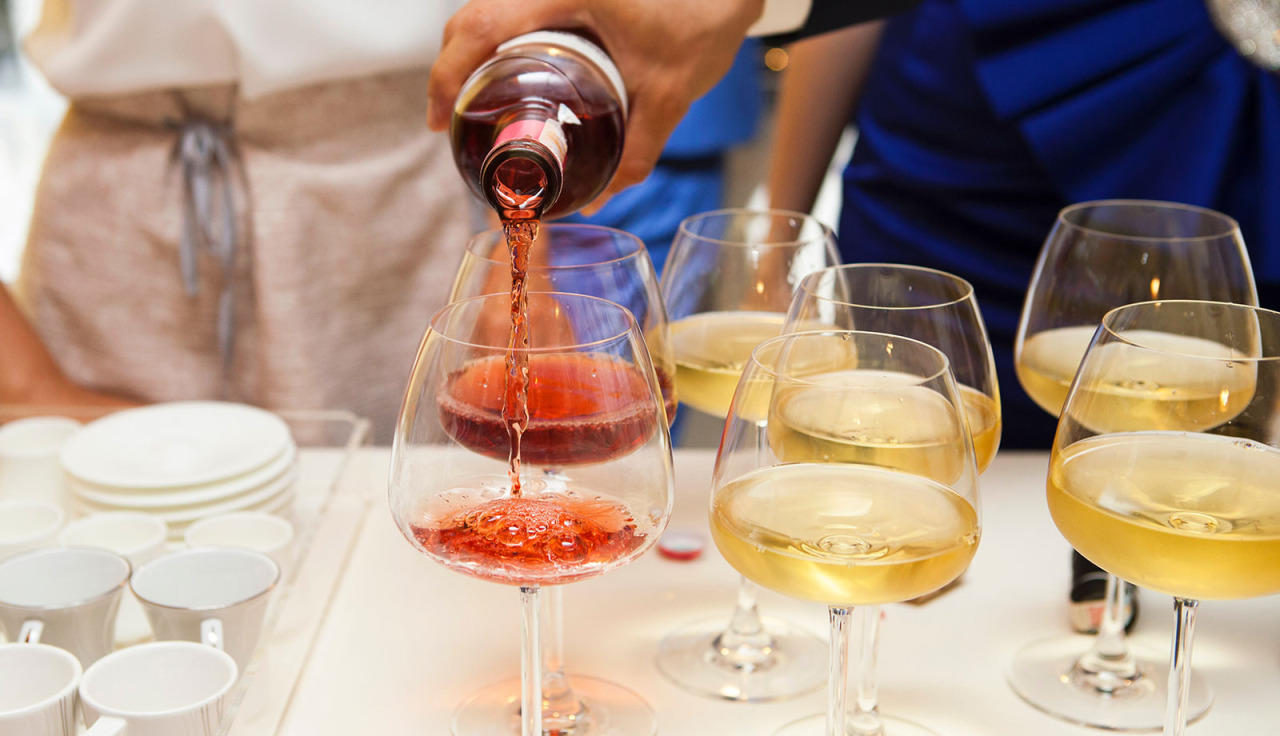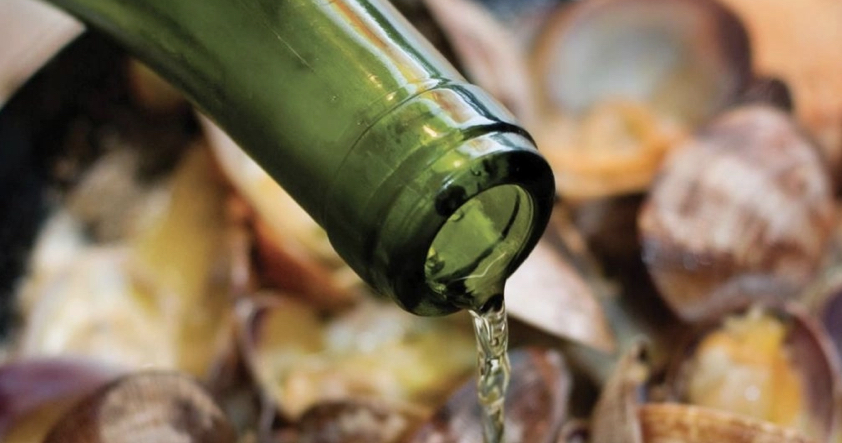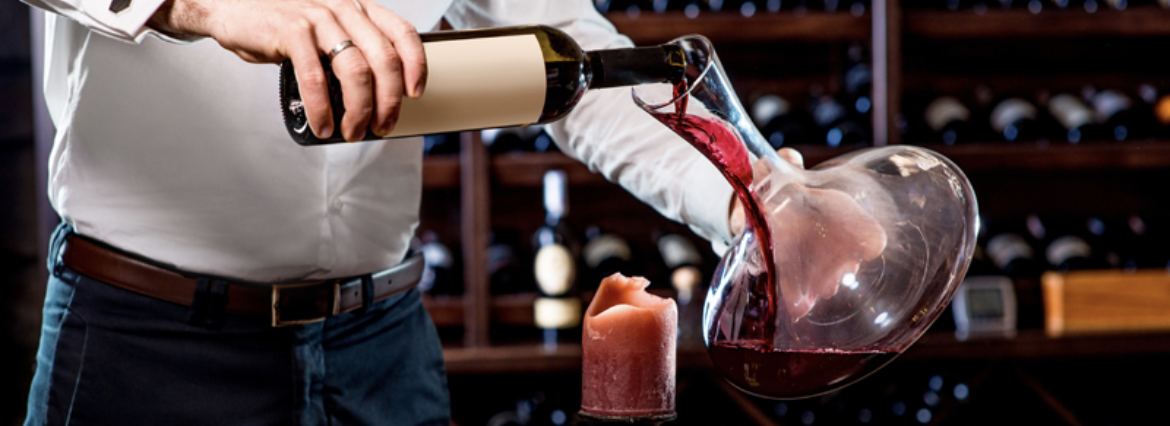How to Keep Open Wine Fresh for Days

The first one to say, "what's left over wine?" buys the next round.
By Erin Henderson
One of the wine classes I enjoy teaching the most is a beginner’s series.
Despite the modest name, I truly think every wine enthusiast would find it enlightening and helpful. The subject matter is highly practical covering all the “need to knows” from properly opening a bottle of wine, to the effect of climate on the final taste, to understanding faults, to proper serving temperatures, to basics of food and wine pairing. There’s much more, but I feel I’ve made my point.
Selfishly, the students are also endless inspiration for me. After 15+ years as a working sommelier, I think sometimes I get a little too close to the forest. Their questions bring everything back in focus, reminding me of the basic tenets of wine appreciation.
At last week’s workshop, questions swirled about how long an open bottle could last, and the best way to extend that shelf life. And if anything, that’s far more useful than memorizing the slope angles of Piedmont.

When You're Going to Finish the Bottle by the Weekend.
If you know you're having a glass tonight, another tomorrow night, and will finish the bottle on Friday, simply putting it in the fridge is fine.
Open bottles of wine – both red and white – will last roughly a week if tightly sealed and kept in the fridge. Perhaps seven days for white, four or five for red, if you want to get really specific.
To re-seal the bottles, simply jam the cork back in, or should that no longer fit, basic plastic wrap, as unsophisticated as it may be, works too.
The cold temperatures of the fridge will slow the wine’s oxidation, and keeping the bottle closed also prevents air from further degrading the wine.
Will it be as fresh as when you opened it? Of course not. But for most palates, the fade is so slight, it will hardly be noticeable.
 (1).jpg)
Take the red out of the fridge as soon as you think of it. If you are hoping to drink it immediately, decant it to speed up the process of the wine coming to room temperature (or preferably, a little under.) If you don’t have a decanter, pour out a few glasses. The small ratio of liquid-to-air will have it warm up faster.
For whites, take the bottle out of the fridge about 10 minutes before serving to get rid of the excessive chill, which only hampers the flavours.

When You'll Get Around to Finishing the Bottle Sometime This Month...
I’d love to take credit for this little gem, but really, I learned it from Niagara winemaker Thomas Bachelder – one of the greatest wine minds I know.
A few years ago, he recommended purchasing a few half bottles, preferably with screwcap (they’re generally the cheap ones kept in front of the cashiers.) Drink the wine, turn it into sangria, use it for cooking, whatever, but keep the bottles.
When you really only want a glass or two, and must open a full 750ml bottle, the first thing you do is pour the contents of the big bottle into the empty, smaller bottle you’ve so wisely purchased for times such as these.
Air, over the long term, is the enemy of wine, so you’re first goal is to reduce the amount of oxygen that gets into contact with the wine.
The small bottle, when filled, reduces air contact to only the smallest fraction; the screw cap is easy to tightly close, and you have much better chances for keeping wines fresh than leaving the wine, half full, in the big bottle where the air-contact-to-wine ratio is greater. Thomas says this can work for three weeks to a month!

When You're Not Sure When You Will Finish the Bottle...
There is a handy gadget out there called a Coravin. (This is not a sponsored post, but I sure as heck wish it was.)
These are syringe-like instruments that pierce through the cork (which remains tightly sealed in the bottle) and allow for a teasingly slow dribble of wine to come out.
Coravins aren't cheap (about $300 CDN), but for those with collections they are a worthy investment.
Wine lovers can check on the progress of their precious babies without opening a bottle too soon.
A Personal Note on Gadgets
Students inevitably ask me about pumps and gasses and nozzles and fizzles. I’m not really a gadget person. A corkscrew, decanter, and glass are all I need for my general wine consumption.
If you’re a gearhead, then by all means, go to town stocking your bar with the shiniest of toys.
I did use a vacuum pump when I was a sommelier working in restaurants to seal the By The Glass bottles at the end of the shift, but for home use I find these to be just an extra expense and extra thing to add to your cabinets. Unless you really want them, you can certainly get by without them.
Your Next Read: How to Successfully Cellar Wine at Home

